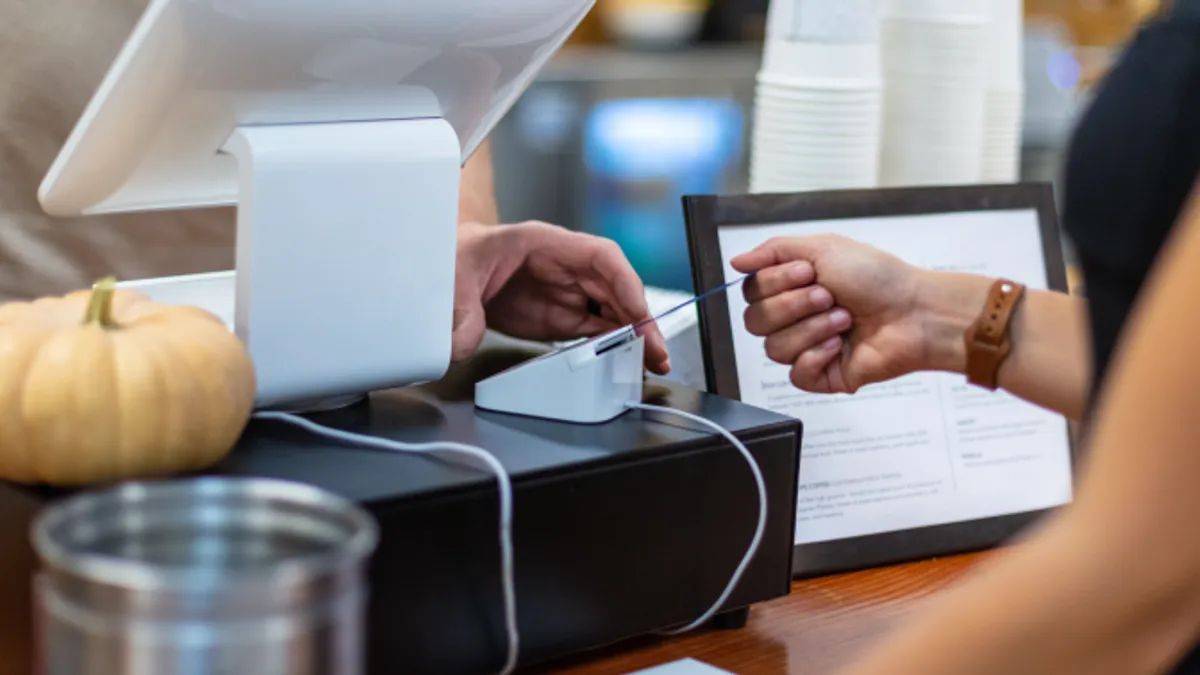It can seem like an either/or proposition for retailers. They can implement fraud prevention strategies that minimize payment risk but may lose sales and customers. Or, they can have minimum barriers that make it easy for customers--and fraudsters-- to complete their purchases.
Retail fraud has always been a pain. Forty percent of fashion and fast-moving consumer goods (FMCG) retailers surveyed said online payment fraud was their biggest fraud risk. And, with the increase of consumers shopping online throughout the pandemic, coupled with retailers adopting new payment methods, online fraud has surged.
According to the annual Fraud Report published by the MRC and Cybersource, every single indicator for assessing payment fraud impacts has increased since 2019; from more revenue being lost to payment fraud to more eCommerce orders being rejected and more eCommerce orders leading to chargebacks. Our research found that, in comparison to the days before COVID, around three-quarters of merchants reported increases in both fraud attempts and fraud rates by revenue
With fraud losses totaling $7 billion in the U.S. and $30 billion globally, retailers must find ways to protect their bottom line from erosion while growing the top line through sales.
More than the cost of doing business
"Some retailers may view fraud losses as a cost of doing business, but those retailers may not recognize just how much of a financial burden fraud is," said Carl Tucker, Head of Cybersource Managed Risk Services. "As the volume of purchases has increased, especially with card-not -present fraud, retailers can easily see doubled or tripled fraud attacks."
As a result of increased fraud, some retailers may clamp down on their procedures to reduce it. They may cast a wide net by rejecting transactions of customers who make unusual purchases. However, these tactics can embarrass and alienate legitimate customers. In one survey, 33% of customers said that if their card were declined, they wouldn't shop at that retailer again.
Fraud causes too much financial damage for retailers to sit back and allow it to happen. At the same time, retailers can't implement draconian measures that provide poor customer experience and erode sales. Some retailers have struggled with this balance for years. And it's a growing challenge for others, especially those who recently adopted digital technologies during the pandemic. As these businesses ramped up eCommerce sites or BOPIS, they may not have also ramped up their fraud prevention strategies.
Whether fraud is a long-standing concern or a newly evolving one, retailers must determine how to minimize fraud while optimizing sales.
Beyond the all-or-nothing choice
Creating that balance requires assessing the business vulnerabilities and using the right tools to keep fraudsters out while keeping the process as frictionless as possible for customers, said Tucker. "It's not about eliminating fraud. It's about finding a fraud rate that works within parameters, that maximizes your overall acceptance of good transactions," Tucker said.
Tucker clarified that there isn't a magic number for an acceptable fraud rate. Instead, determining that number is based on a company's business goals. Retailers tend to focus on fraud rates and chargebacks when they also need to look at top-line payment acceptance.
"What is your business's priority right now?" Tucker explained. The answer may change based on the time of year. He said that a retailer who wants to meet an end-of-the-year revenue target or maximize an opportunity like a specific sale or holiday season might be willing to take on more risk. Unfortunately, fraudsters know that too, so retailers have to find ways to analyze customer data to more accurately determine which transactions carry more risk.
Fraud prevention requires technology and human analysis together
"Technology is vital in sifting through transactions but relying on technology that primarily uses rule-based systems can lead to false positives," Tucker said. For example, during the first weeks of the pandemic, customers hoarded kitchen and toiletry products. Under normal circumstances, the frequency of these purchases would be a red flag, but customers were concerned about scarcity.
This was just one situation Tucker identified in which tech alone was insufficient for effective fraud prevention and revenue optimization. Tucker had a few suggestions for other places where businesses could add human insight to the process to help optimize their fraud prevention systems:
- Observe and contextualize shifts in customer behavior: It's essential to understand and adjust to changes in customer buying patterns — like the ones at the beginning of the pandemic or ahead of a natural disaster.
- Supplement rules with learning: Retailers should find systems that offer both rules-based and machine learning capabilities — that will let them adjust their models in real-time.
- Ensure valid customers aren’t being turned away: If you have a non-desirable chargeback rate, check and make sure you’re not turning away a good customer accidentally with an overly strict system.
Overall, retailers need to think not only about aligning technology with human insight, but whether their systems are serving their critical business goals. To strike a better balance of managing fraud, Tucker suggests aligning fraud prevention goals with the business goals and focusing on increasing revenue while reducing risk.
Retailers that haven't ramped up their fraud prevention solutions have another worry, Tucker added. "Fraudsters are more likely to go after the businesses with no fraud protection or less effective fraud protection," Tucker said. "If a retailer hasn't been hit by fraud, the worry is it's just a matter of time."






